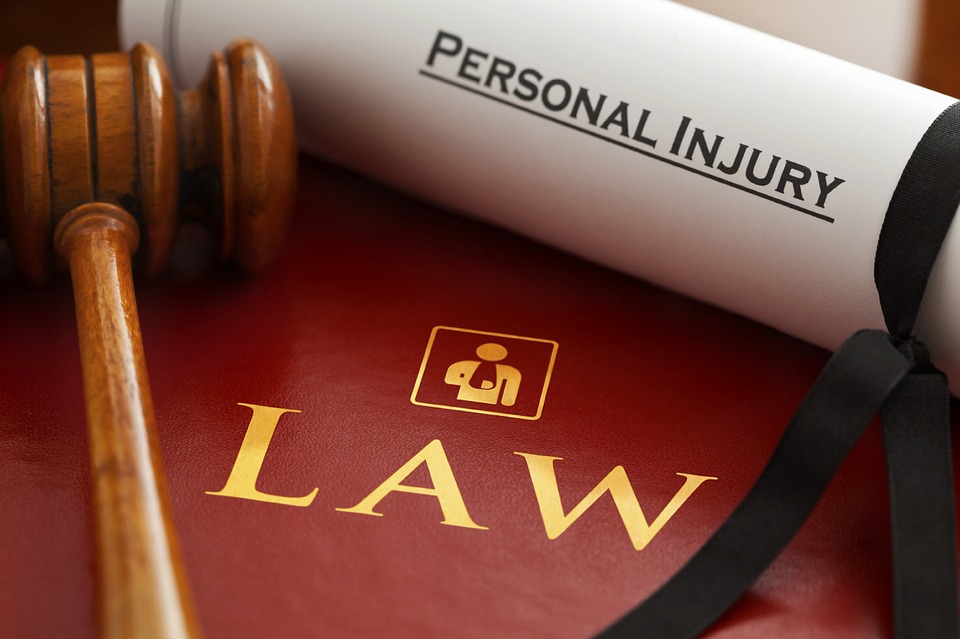Domestic violence is the physical, mental or verbal abuse of a spouse, a child, a family member, a cohabitant, or a loved one. It may involve kicking, hitting, punching, pushing, calling offensive names and bullying. Emotional and physical abuse is often associated with domestic violence. Domestic violence is considered a very serious crime and is one of many violent crimes that are not reported. Because of this, it is important to work with a criminal defense attorney who can protect your rights if you are charged with domestic violence.
Domestic violence can take many forms and can happen at any time or only once in a while. An important step to help yourself or to help someone you know is to recognize the warning signs. These warning signs include:
- Malicious insults and malicious mistakes
- Intimidation
- Stopping a partner from getting or keeping a job
- Physical, Actual or Threatened Damage
- Sexual assault
When the police respond to a domestic violence call, they will assess the situation, and if they feel that someone has committed a domestic violence crime, then they will arrest the aggressive party – whether or not the victim files charges. Also, when a person is arrested for domestic violence, a restraining order is always enforced by the court. This type of protection order will have specific instructions by a judge ordering the abuser to be absent from the victim, their address, their employment, and their school. It will also indicate that the abuser should be absent from any other family member, friends or cohabitants of the victim. Therefore, in cases where there are children involved, the abuser cannot see them until the court determines.
The Consequences of Domestic Violence
In a domestic violence case, even if the victim refuses to file charges against the accused person, the district attorney’s office can still prosecute charges. There is a common misconception in criminal defense of domestic violence cases – many people think that if the victim decides they do not want to proceed with charges against their partner, then prosecutors will reject the charges. This kind of thinking could not be further from the truth.
When police arrive at a domestic violence home and there are allegations of violence or evidence of injury, the police will arrest the alleged defendant. It is common for the victim to change his mind and try to back off charges against his partner for several reasons. Sometimes the husband or wife is the person who pays the household expenses and the victim realizes that he will be financially damaged by an accusation. At other times, the alleged victim did not realize that the ramifications of involving the police would be so serious.
If you are convicted of domestic violence in California you will face a sentence of more than 1 year in a county jail or 4 years in a state prison. You may also be ordered to pay a fine of $6,000 or more, restitution to the victim, and attend community work and management classes. At the Law Offices of Randy Collins, criminal defense attorneys have defended thousands of domestic violence cases through Southern California Criminal Defense and have a full understanding of the law and how to defend their freedom.
Southern California Criminal Defense
As domestic violence lawyers, Law Offices of Randy Collins offer the most outstanding resources, advice, and legal representation for individuals charged with domestic violence in California. Law Offices of Randy Collins will conduct an investigation on the charges against you and form the best strategy to defend your rights and freedom. The Law Offices of Randy Collins will challenge the evidence against you, conduct your own interviews and seek weaknesses in the case of prosecution. In some cases, domestic violence lawyers can get the charges against you reduced or dismissed.
If you have been charged or detained for domestic violence, contact Law Offices of Randy Collins today for a confidential and free consultation.






















